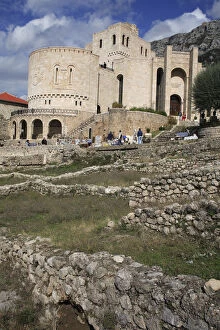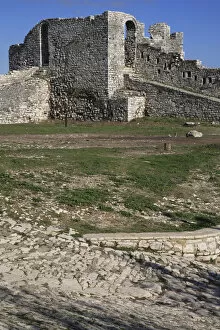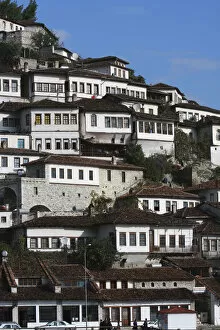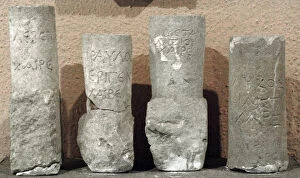Indo European Collection
The Indo-European civilization, with its rich history and cultural diversity, has left behind fascinating remnants that continue to captivate our imagination
All Professionally Made to Order for Quick Shipping
The Indo-European civilization, with its rich history and cultural diversity, has left behind fascinating remnants that continue to captivate our imagination. One such intriguing artifact is the Illyrian writing engraved on stone dating back to the 2nd century BC. Discovered in Du, this ancient script provides a glimpse into the linguistic heritage of the Illyrians who inhabited parts of modern-day Albania, Bosnia and Herzegovina, Croatia, Montenegro, Serbia, and Slovenia. Another remarkable event tied to the Indo-European world is depicted in an image showing Phrygians crossing the Bosphorus from Europe into Asia. This historical moment captured by Hutchinson's lens transports us back in time when these migratory people embarked on their journey towards new lands. It symbolizes not only their physical movement but also represents a significant shift in cultural exchange between different regions. As we delve deeper into this captivating civilization's legacy through visual records like those preserved by EyeUbiquitous_20102127 or EyeUbiquitous_20101682, we encounter glimpses of diverse aspects of life within Indo-European societies. From vibrant market scenes bustling with trade (EyeUbiquitous_20101681) to serene landscapes where communities thrived (EyeUbiquitous_20101679), each photograph tells a unique story. Amongst these snapshots are images showcasing traditional rituals and ceremonies that were integral to Indo-European cultures' fabric (EyeUbiquitous_20101678). These sacred practices provided individuals with a sense of belonging and connectedness to their ancestral roots while fostering unity amongst community members (EyeUbiquitous_20101675). Exploring further reveals portraits capturing everyday life moments - farmers tending crops (EyeUbiquitous_20101673), women adorned in colorful attire engaging in conversation (EyeUbiquitous_20101674), children playing games filled with laughter and joy (EyeUbiquitous_20101671).



















